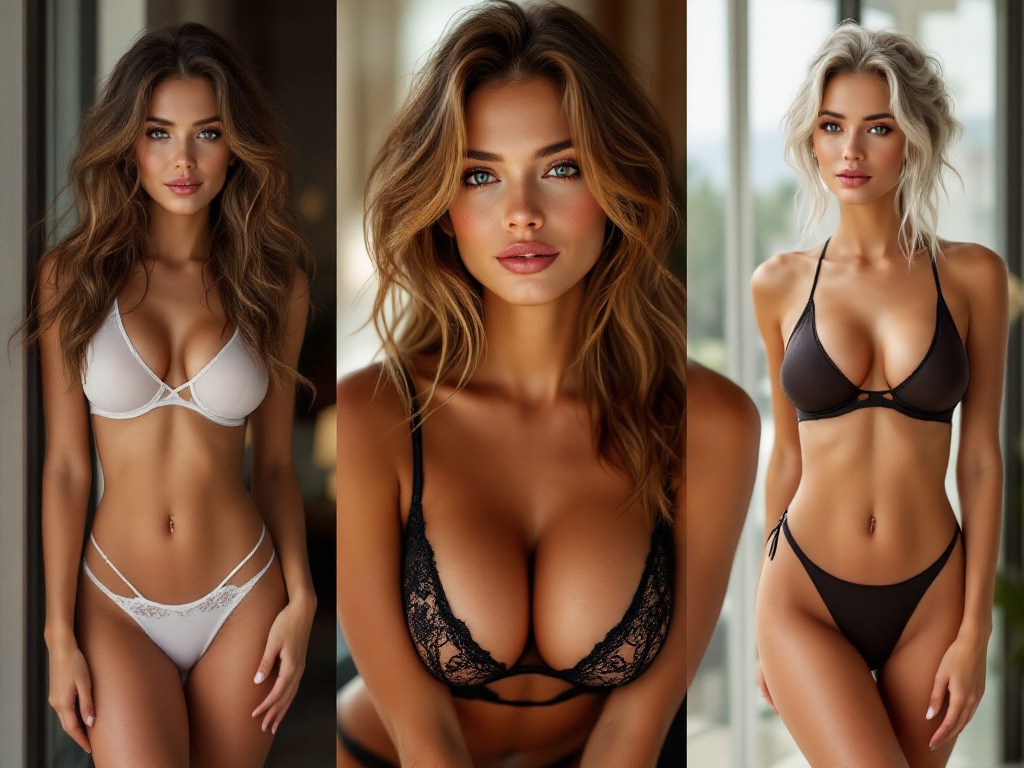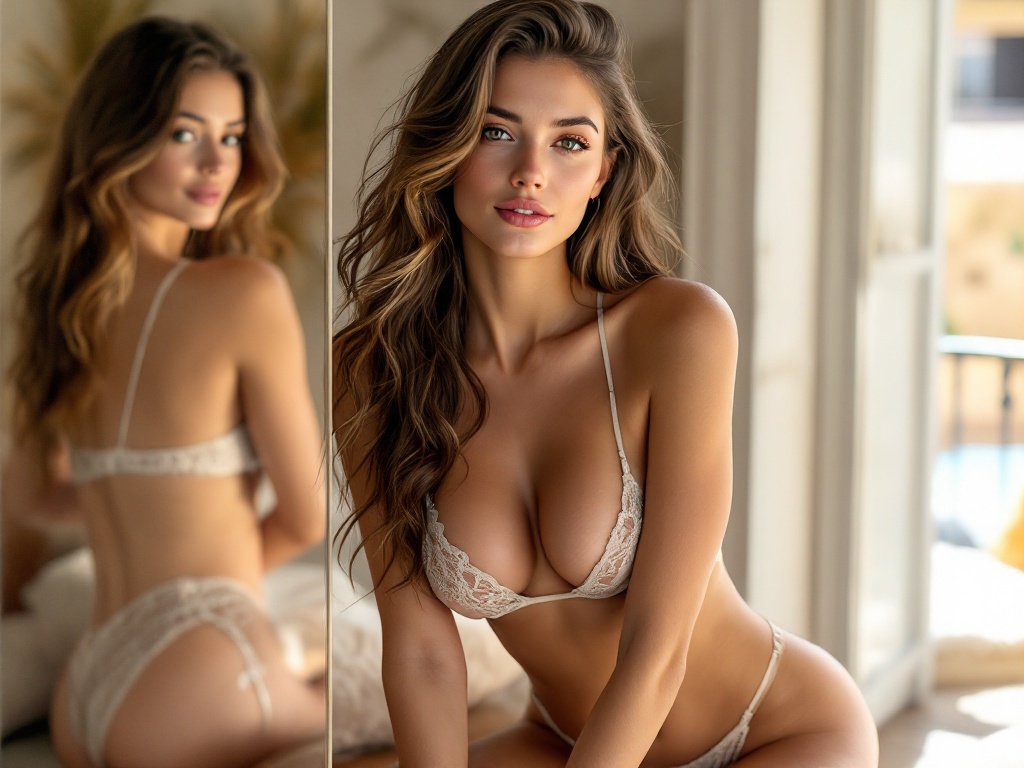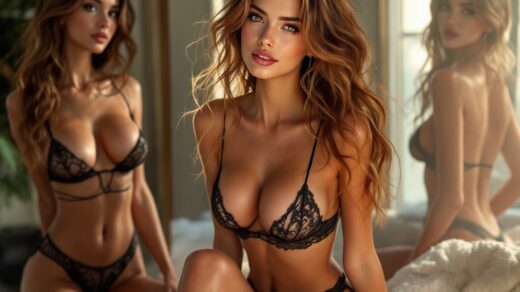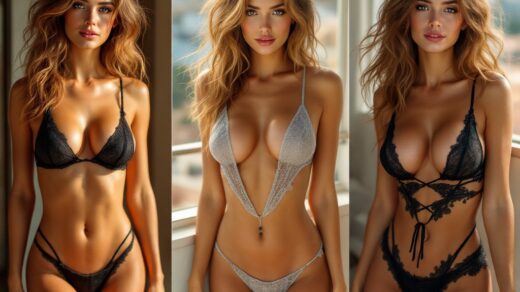The fusion of artificial intelligence with diverse fields is revolutionizing our understanding of creativity and expression. One intriguing development is the rise of AI undress algorithms, which boldly traverse the fine line between digital artistry and eroticism. These innovations provoke curiosity and spark lively debates about the ethical concerns surrounding the representation of the human form. As technology marches forward, the boundaries of artistic expression, especially in the realm of erotic art, are continually being redefined. Here, we’ll delve into the inner workings of these algorithms, their creative potential, and their influence on the contemporary art world, as they challenge our conventional ideas of both art and technology in exciting new ways.
AI undress algorithms represent a captivating blend of machine learning and creative inspiration, crafted to produce digital depictions of undressed figures from clothed images. Their presence prompts fundamental discussions about humanity’s dynamic relationship with technology, art, and sexuality. Moreover, these algorithms illustrate how AI can blur the distinction between faithful depiction and pure artistry, firing up the imaginations of artists and audiences alike. In the sections ahead, we will explore the science driving these algorithms, their artistic ramifications, and the ethical dilemmas they raise. Join us as we journey into the depths of this wondrous technology, unearthing its fascinating layers.
Understanding AI Undress Algorithms
Central to AI undress algorithms is a complex dance of various machine learning strategies. These systems often employ neural networks, more specifically, generative adversarial networks (GANs), to fabricate authentic-looking images of unclothed figures from dressed photos. GANs consist of a duo: a generating unit that crafts images and a discriminating unit that assesses their authenticity. Over time, these two elements engage in an ongoing tussle of enhancement, boosting the realism of the produced images. Consequently, the algorithms absorb vast collections of both clothed and unclothed visuals, fine-tuning their outputs to achieve near-realism.

Beneath this sophisticated technology, however, lie numerous ethical dilemmas concerning consent and objectification. The capacity to digitally undress individuals elicits not only artistic queries but also profound questions about privacy and personal rights. It often involves datasets containing images of people who have not consented to such manipulation of their likenesses. This presents a challenging scenario for artists and technologists, who must tread the delicate balance between creativity and ethical responsibility.
How AI Undress Algorithms Work
The operation of AI undress algorithms is centered around advanced neural structures and thorough training regimens. Essentially, these systems rely on algorithms capable of learning from annotated data to produce compelling imagery. Collaborating, artists and developers guide these machines in understanding what makes for a “realistic” representation of undressing. Below is a basic breakdown of their process:
- Data Acquisition: Compiling large collections of photos, both clothed and unclothed.
- Model Training: Inputting this information into GANs to discern patterns and characteristics.
- Image Synthesis: The generator forms new images based on absorbed characteristics.
- Feedback Cycle: The discriminator examines the images, providing feedback to enhance precision.
The outcomes can evoke a spectrum of emotional reactions, showcasing the artistic side of these algorithms. Yet, it’s crucial to contemplate the essence of artistry itself—are these AI-creations rightful art, or merely creations of a technical procedure? By pondering these questions, we engage deeply in broader discussions about the true nature of creativity.
The Artistic Value of AI-Generated Imagery
The advent of AI undress algorithms has revitalized the arena of digital art, offering novel perspectives on erotic expression. Traditionally viewed through a lens of taboo, erotic art is transforming into a domain that can captivate as both splendid and evocative. A growing number of artists are teaming up with AI, leveraging these algorithms to redefine what erotic art can convey. Through this partnership, fresh forms of expression emerge, epitomizing the innovative drive at the heart of both artistry and technology.

A remarkable facet of this collaboration is how artists tap into the AI’s remarkable capability to create surprising results. There’s undeniably something magnetic about the distinctive visuals that spring forth from AI processing, prompting audiences to rethink their notions of allure and longing. This evolution marks a pivotal turn in the creative landscape, as artists engage AI as a tool for self-reflection and expression.
| Aspect | Impact | Potential |
|---|---|---|
| Ethics | Issues of consent and objectification | A journey towards ethical AI utilization |
| Artistry | Challenging traditional creative concepts | Original methods of artistic communication |
| Market Trends | Shifts in collector preferences | Potential for pioneering revenue avenues |
As this technology gains momentum, it raises an essential inquiry: how will it shape our perception of eroticism in art? The conversation it inspires offers a chance for cultural dialogue, prompting us to rethink the divide between digital and tangible portrayals of desire.
The Impact on the Art World
Imagery crafted by AI is swiftly altering the art market and reshaping how we interact with digital artworks. The days when erotic creations were dismissed or solely confined to physical forms are fading; digital platforms are injecting new life into artists’ creations and expanding access to a wide range of audiences. Moreover, the democratization of art made possible by AI is offering space for countless voices to enrich this ongoing narrative.

Changing Perspectives
The resurgence of erotic art through AI is not only liberating; it also challenges us to revisit societal standards around body perception and sexuality. A notable shift in perspective is how we consume these creations; as artworks surface digitally, their accessibility broadens, permitting diverse interpretations. Far from being seen solely as provocative, we can now regard erotic art as a medium for dialogue, interaction, and communal connection.
Market Trends
The introduction of AI-generated art, particularly within erotic avenues, is notably influencing sales and capturing the attention of collectors. Some prevailing trends to keep an eye on include:
- Growing acceptance of digital formats among collectors
- Elevated demand for NFTs displaying AI art
- Collaborative efforts between traditional artists and tech-savvies
These strides suggest a vibrant horizon for the intersection of technology and art. As artists exploring AI spearhead cutting-edge approaches and tap into novel markets, erotic art is likely to retain its cultural relevance, adapting to societal transformations.
Conclusion
Reflecting on AI undress algorithms, they stand out as a unique fusion of technology and creativity that disrupts our standard interpretations. As we engage with these advancements, it is imperative to continue the dialogue about their ethical facets and potential impacts on creators and audiences. These algorithms unlock a treasure trove of artistic avenues, inviting artists and technologists to traverse the complex path together. This merging of fields presents us with both challenges and opportunities, propelling us toward a future rich in artistic exploration. Our engagement with these technologies is poised to sculpt the destiny of the erotic art world, signaling an exhilarating era for its evolving storyline.
FAQ
- What exactly are AI undress algorithms?
AI undress algorithms are advanced systems that fabricate images of undressed figures from clothed photos, utilizing intricate machine learning techniques. - What ethical concerns arise from these algorithms’ use?
Ethical issues include matters of objectification, consent, and the ramifications of crafting realistic portrayals of nudity. - In what ways do artists integrate AI undress algorithms into their creations?
Artists collaborate with these systems to delve into innovative forms of erotic expression, extending the boundaries of conventional art. - How do AI-generated pieces affect the art market?
These artworks influence market trends, drawing interest from collectors and audiences captivated by the fusion of technology and artistry. - Is there legal protection for AI-generated erotic art?
This presents a legal conundrum, as copyright and ethical considerations are jurisdiction-dependent; however, it remains an evolving legal field.


